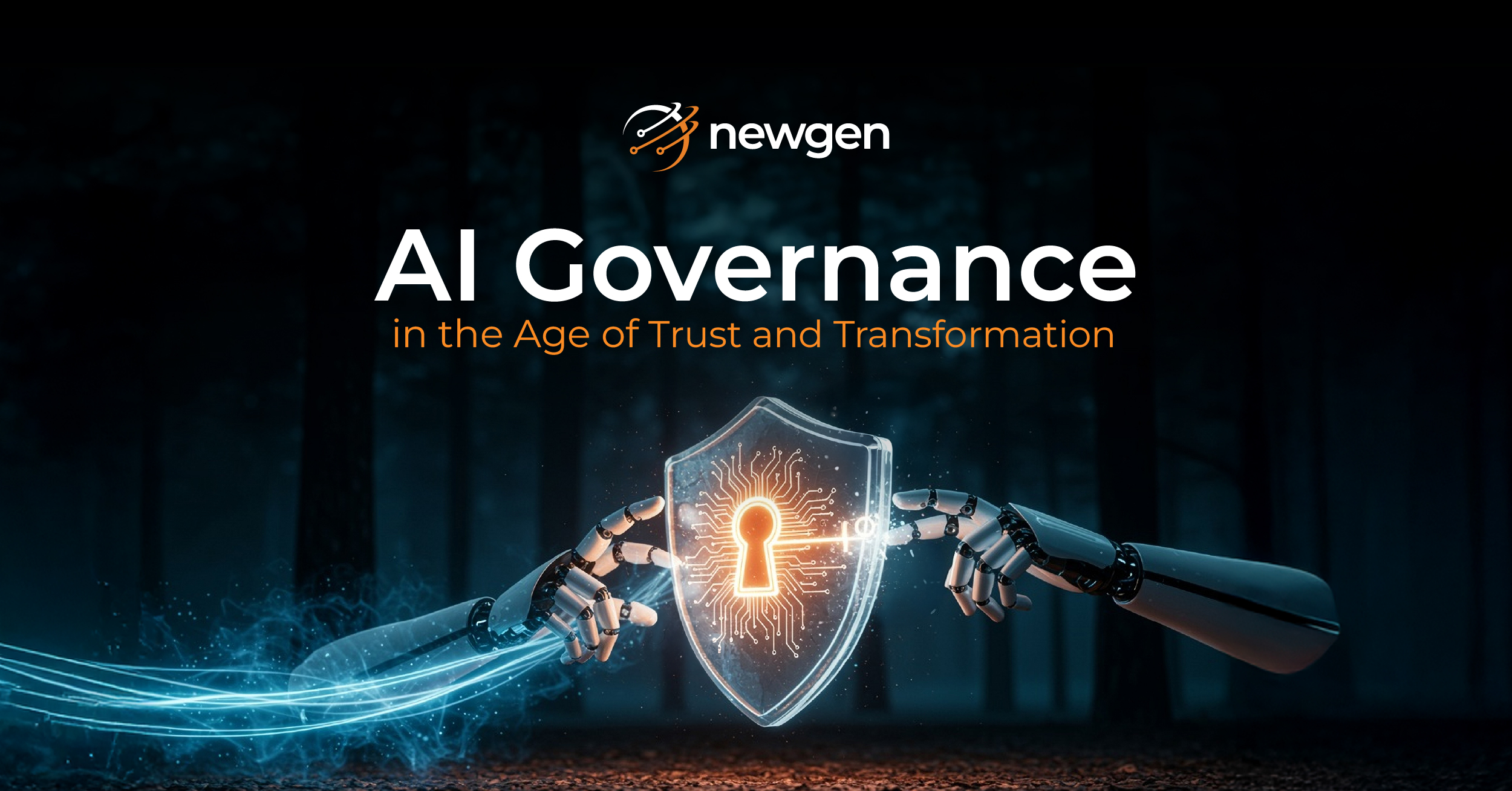As a business leader, there is a plethora of information that your organization has to deal with—physical and electronic documents, data generated by multiple business processes, workflows, mobile apps, and various communication channels, including social media, and many more.
Is this high influx of information giving you sleepless nights? Are you struggling with:
- Wastage of time and resources in segregating documents based on their type
- Difficulty to test processes against real-world business scenarios
- Managing customer expectations due to lack of context
- Connecting customer communications with organizational processes and workflows
- Analyzing and predicting data and historical performance
An organization typically uses workflows, documents, and integrations with various applications. These processes can be fully or partially automated, while others are manual. Additionally, frontend systems might be more optimized than backend processes. Coupled with other enterprise challenges, this disconnect between frontend and backend processes can lead to information silos, resulting in ineffective and slower decision making, further impacting your customers’ experiences.
Amidst all this chaos, you are most likely losing out on extracting valuable insights, essentially rendering data as a liability instead of an asset.
Enter technology.
Sure, technology is already involved in gathering information. But you need to leverage the right set of capabilities to create opportunities from this unstructured data. So, what can you do to avoid drowning in a sea of information and to safely navigate toward efficient and well-informed decision making?
Moving from Chaos to Order
Here are six initiatives you can take to optimize your data!
- Automate your business-critical, document-intensive processes to efficiently manage data, create a paperless environment, and ensure secure storage, search, and archival
- Contextualize your data to extract relevant and meaningful information, thereby driving intelligent decision-making
- Drive meaningful engagement with your customers across multiple channels and devices by analyzing their intent or sentiments for personalized interactions using artificial intelligence
- Generate business insights and use analytical tools to create better, and more targeted, offerings for your customers, and to enhance future strategies
- Auto-classify documents based on characteristics like structure, text, or both for automated sorting, sequencing, and classification of documents
- Analyze trends and predict the impact of strategic changes in your organization using process insights tools to overcome bottlenecks and create real-world simulations
What’s More!
Managing and analyzing data holds far more value than just optimizing your business processes. Data analytics can, in some cases, predict the unpredictable. At the very least, data and insights can help you adapt rapidly to unprecedented situations.
In fact, according to Gartner, “Data and analytics combined with artificial intelligence (AI) technologies will be paramount in the effort to predict, prepare and respond in a proactive and accelerated manner to a global crisis and its aftermath.”[1]
Expecting (and Conquering) the Unexpected
Digital transformation has been widely regarded as the ultimate enabler of business continuity, during and (prospectively) beyond the pandemic.
To accelerate your digital transformation initiatives and drive your organizational growth, you must focus on improving your decision-making capabilities and automate your customers’ journeys wherever possible. This will enable your enterprise to eliminate information chaos and pave a path that leads to customer experience and process innovation.
[1] https://www.gartner.com/smarterwithgartner/gartner-top-10-trends-in-data-and-analytics-for-2020/
You might be interested in




